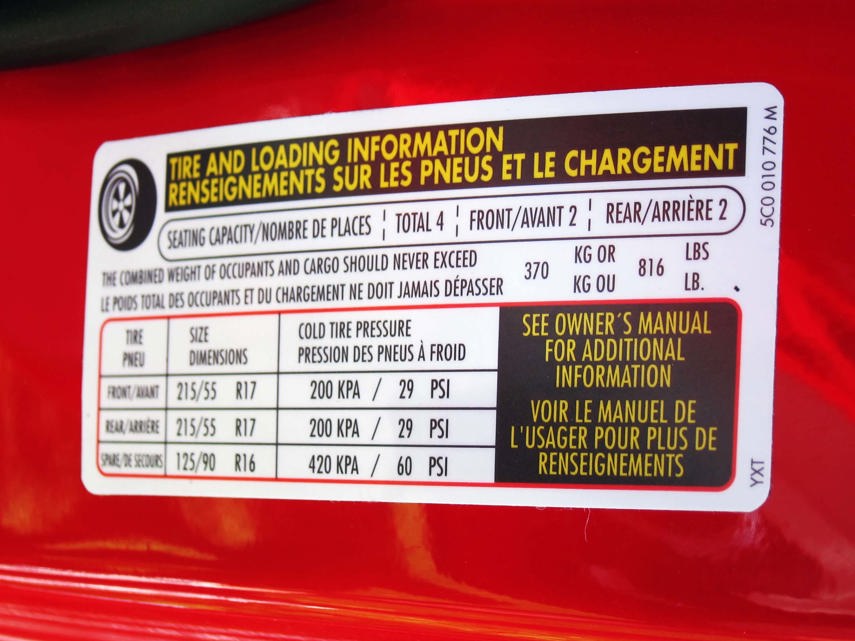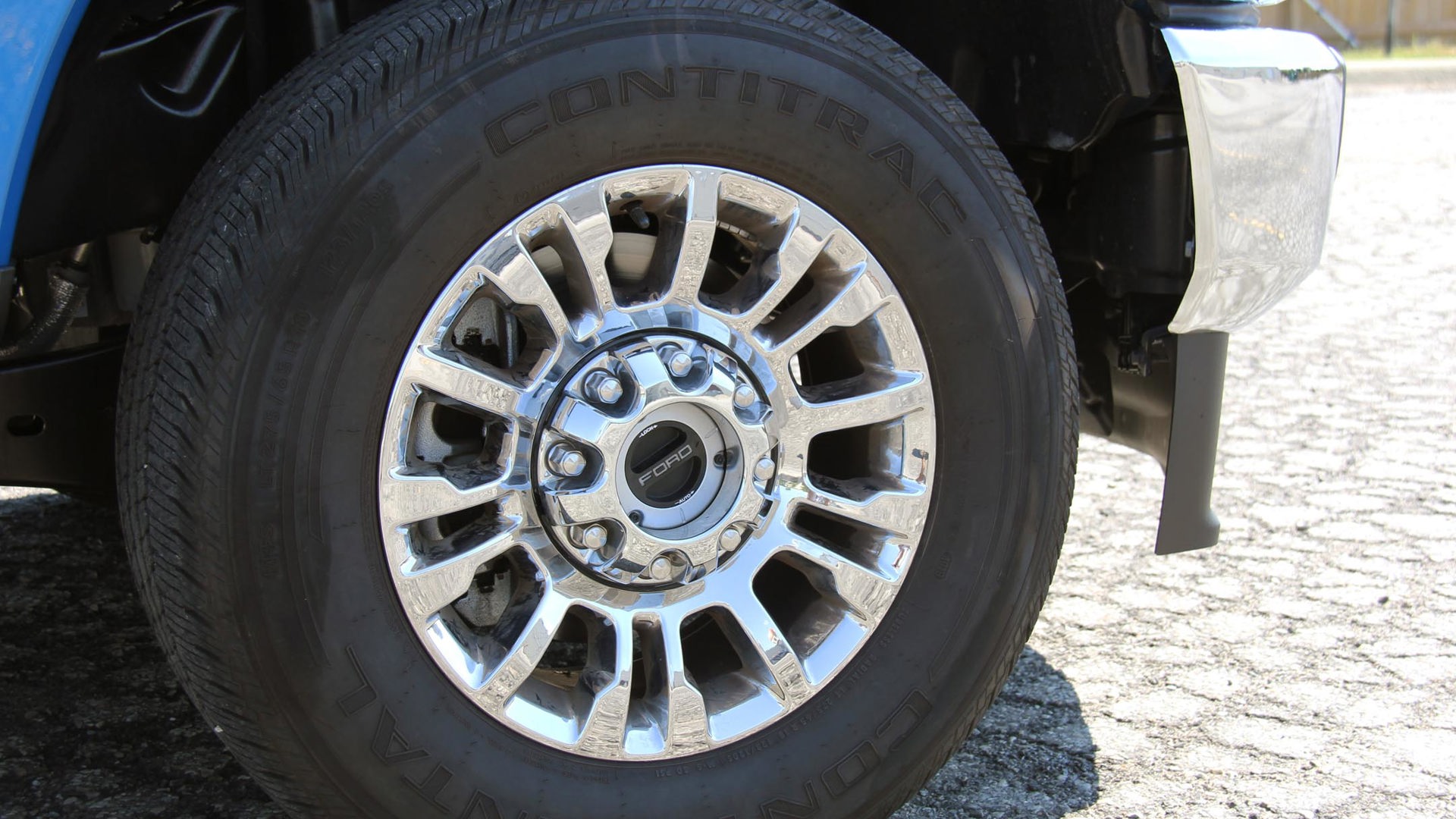Logic would dictate that all pickup trucks and SUVs come factory-equipped with Light Truck (LT) tires, and that all other passenger vehicles come with passenger tires. In the real world, however, that’s not always the case.
Although it’s difficult to find a passenger vehicle with LT tires, pickups and SUVs routinely roll off the assembly line with either option. In fact, some brand-new trucks will come with either passenger or LT tires, depending on the trim level you chose.
This can make it a challenge for some consumers to find and purchase replacement tires for their vehicles, especially if they’re making the purchase online without any advice or input from a tire professional who understands the difference. Since both LT and passenger tires are often available in the same sizes, you could buy the right size, but still get the wrong tire for your particular vehicle.
Understanding the Difference
The difference between LT and passenger tires (sometimes referred to as P-Metric tires) is significant. The former is the right choice for heavier pickups and SUVs that either haul heavy cargo, tow heavy loads, or are used in aggressive off-roading situations.
That’s because LT tires are tougher than passenger tires. They weigh more than P-Metric tires of the same size, they have a stronger casing (the part the tread is attached to), and they have a deeper tread that provides increased traction, which is why they’re a good choice for rugged off-roading situations.
You might decide to swap your LT tires for set of P-Metric tires, or vice versa, the next time you shop for tires, but the switchover requires an understanding of what you’re giving up, and the potential dangers down the road.
For example, let’s say that your truck came from the factory with LT tires, but now you’re thinking of switching to P-Metric tires in the same size because you found a set at a good price. The first thing you need to ask yourself is whether you actually need LT tires (which is why your truck was equipped with them in the first place) or if P-Metric tires will do.
“It’s a question of what you’re going to be doing with the vehicle,” says Darrin Bossence, VP of Sales for OK Tire. “If you’re not going to be towing or loading up the bed, and you’re just driving to and from work, you can essentially go to a P-Metric tire.”
There’s a caveat to this advice, however, and Bossence explains that some trucks, especially heavy-duty ones, were designed to run on LT tires, period. He offers the Chevrolet Silverado 2500 and 3500 HD pickup trucks as an example. “Once you get into 2500- or 3500-series vehicles,” he explains, “you’ll need to stick with LT tires. But with a regular Ford F-150, for example, depending on the model, you’ll be OK.”
Upgrading from a P-Metric tire to an LT tire isn’t as big of an issue, but you may not be happy with the results. LT tires are heavier, louder, the resulting ride is rougher, and they’re less fuel efficient. If you’re used to the way your pickup or SUV sounds and handles with P-Metric tires, you may regret the upgrade.
Dealing with the Dangers

Swapping out LT tires for P-Metric tires can be dangerous if you still expect your truck to haul or tow the kind of loads you used to with LT tires. P-Metric tires can’t work as hard as LT tires, which means they may overheat and fail if pushed beyond the limits they were designed to handle.
Greg Cressman, Director of Technical Services at Yokohama Tire Canada, says that it’s important to understand the load/inflation relationship of a tire when making the switch from one type of tire to another. In fact, he warns against doing so, explaining that although an LT tire and a P-Metric tire may be the same size, they will need to be inflated to very different pressures in order to carry a pre-determined load.
Cressman explains that the manufacturer of your vehicle determines whether you would need LT or P-Metric tires, depending on what kind of loads your vehicle was designed to haul or tow. Your vehicle manufacturer also determines what size tires would be needed, as well as the air pressure those tires would have to be inflated to. That tire pressure, in turn, is recorded on a sticker in the door jamb or in the glovebox.
The problem, Cressman explains, is that if you swap out of an LT tire for a P-Metric tire, or vice versa, you won’t be able to change the recommended tire pressure that’s listed on the sticker. You can’t buy a new sticker. So now, you have to remember the new recommended tire pressure, and the danger is that you might forget.
“There’s always going to be that one guy who doesn’t remember,” Cressman adds, “and he’s going to go back to the door jamb to find the recommended pressure, which will be too high or too low. He hits the road, the tire separates, and he crashes. That’s why I think you should just avoid it.”



